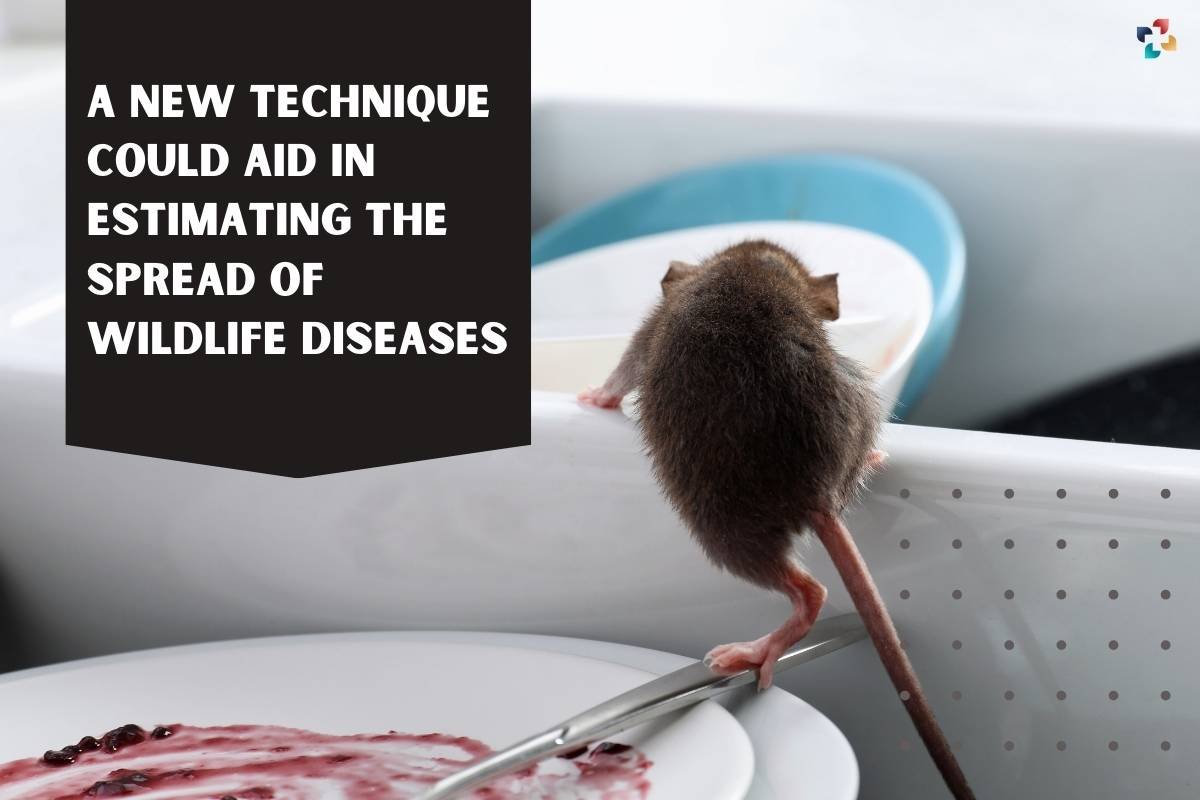Estimating the prevalence of disease in free-ranging wildlife and estimating the number of samples required to diagnose a disease may be made easier with the use of a novel technique.
Wildlife authorities frequently lack the funding and manpower necessary to gather enough samples to determine the precise extent of a disease’s distribution.
A crucial species’ ability to detect new diseases that can spread from animals to humans depends on good monitoring for pandemics involving humans and animals that have their roots in wildlife, as the COVID-19 outbreak.
Currently in use procedures for calculating sample sizes make the assumption that animals within a population get sick separately from one another.
In actuality, populations are frequently clustered, with individuals congregating in families and sharing habitat and space.
People in the group are likely to spread infectious diseases to one another because of their close closeness.
Because all members of a family cluster of deer are connected with one another, sampling one individual can reveal whether or not the rest of the family is also sick, provided that a random sample of the population can be taken.
Correlation between people inside clusters lowers the effective population size if random sampling is feasible, suggesting scientists should take fewer samples to estimate the prevalence of a disease.
According to Krysten Schuler, an assistant research professor in Cornell University’s Department of Public and Ecosystem Health, “the framework is so flexible, we can use it for any animals.”
“If we think about birds migrating and being in huge flocks, versus a moose that might be solitary and not interacting in groups, that impacts what our sample size should be.”
The study, which was published in the Journal of Agricultural, Biological, and Environmental Statistics, includes Schuler as a co-corresponding author. The other corresponding author is James Booth, a professor in Cornell’s Department of Statistics and Data Science.
The wildlife species of interest should have a known tendency to cluster, the disease must be contagious, and samples should be randomly taken from individuals in as many different clusters as possible for the procedure to be most effective.
As a case study, the researchers concentrated on Chronic Wasting Disease (CWD) in deer.
Deer often live in family groupings of five or more, and CWD is extremely contagious.
Although there is a correlation between the procedure and family groupings, one limitation of the approach is that biologists are frequently prohibited from performing simple random sampling. Additionally, the practicalities of sample collection may lead to an increase in the required sample size.
According to Schuler, an internet tool that is being developed could be helpful because field biologists are not always sure how many animals to sample in a realistic fashion in order to obtain information on the prevalence of a disease.
One day, after information about a specific animal was available, a biologist might add details about it, including its natural history, the season, whether it breeds, how often it comes into touch with other animals to transfer disease, and the disease itself.
After that, the app would calculate an approximate number of people to sample in order to obtain an accurate picture of the prevalence of the disease.
The Wildlife and Sport Fish Restoration Programme provided funding for the study.
Also Read: The Role of Nutrition in Preventing Chronic Diseases








